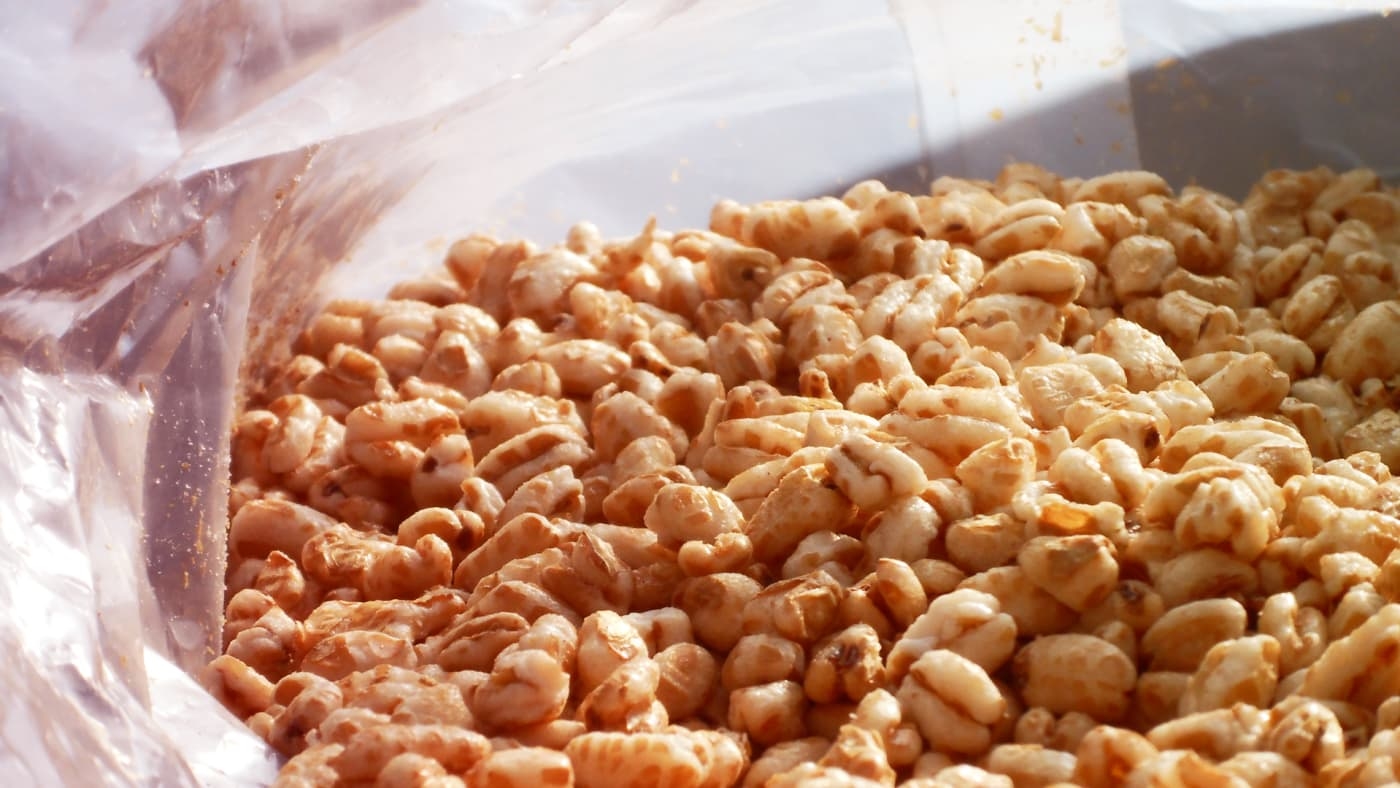Kellogg’s Honey Smacks Salmonella outbreak: 6 things the CDC says you need to know
Maybe if they were still called Sugar Smacks, this never would have happened.
Kellogg Company has issued a recall of Honey Smacks cereal after the company was contacted by federal agencies over reported illnesses linked to the product. The Battle Creek, Michigan, breakfast brand said the recall affects 15-ounce and 23-ounce box sizes, with a “best if used before” date of June 14, 2018, through June 14, 2019. No other products are affected.
Officials from the Food & Drug Administration and the Centers for Disease Control and Prevention contacted Kellogg over reported Salmonella contamination, which can result in serious illnesses and cause sometimes fatal infections among vulnerable populations like children and the elderly.
The CDC has issued an outbreak alert. Here’s what you need to know:
You can read the CDC’s full outbreak investigation here.
(16)



